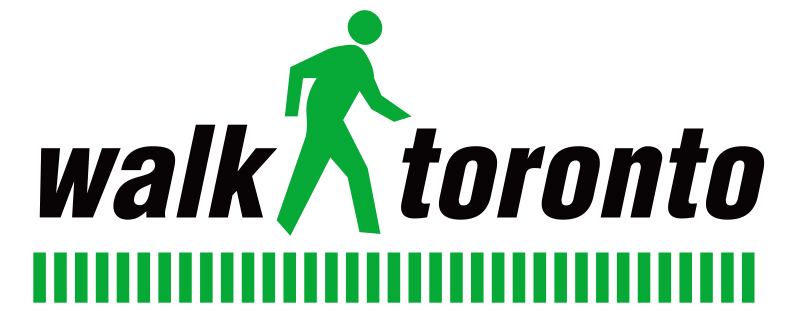There’s a city election coming up, and with your help, Walk Toronto is working to make sure all municipal candidates talk about walking as a key part of making a great city.
What Walk Toronto is doing
Walk Toronto has teamed up with other sustainable transportation groups to come up with a platform and election survey, “Building a Toronto that Moves,” that will ask every candidate where they stand on making Toronto a better city for walking.
It wasn’t easy to choose just 4 yes/no questions to ask about pedestrian issues, but, working with Canada Walks, we focused on “slow zones,” widening Yonge St. sidewalks, sidewalk snow clearing, and safe walking to school.
You can see the complete platform on the Toronto Centre for Active Transportation website: http://www.tcat.ca/election_surveys_2014
Every candidate will receive a survey, and we’ll be publishing their answers in early October, so that voters can use them to help make a decision on election day.
What you can do
To get candidates talking about walking issues, one thing you can do is ask them a question when you see them campaigning on the street, at your doorstep, or at an all-candidates’ meeting.
One question you could ask is:
“Last year, 40 pedestrians were killed by vehicles on Toronto’s streets, a 10-year high. What will you do to improve pedestrian safety in Toronto?”
Or ask them a question about any other walking issue that is close to your heart – the key is to get candidates talking about walking!
Thanks for helping to make walking better in Toronto!

